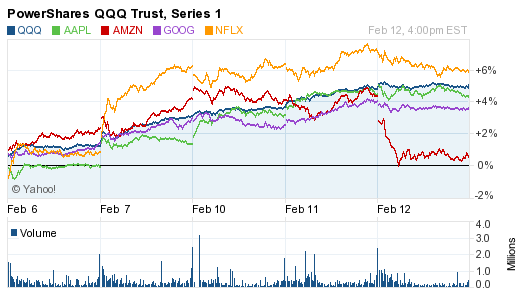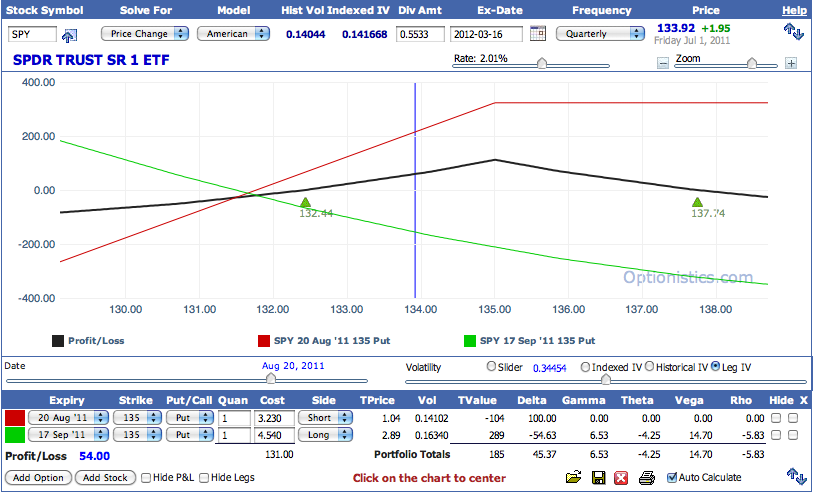Strike Pegger Help
Post on: 28 Июнь, 2015 No Comment

The Strike Pegger . also known as the Max Pain calculator, computes the price of the underlying stock where the writers of calls and puts incur the minimum liability for satisfying their obligations to put and call buyers.
For example, if XYZ stock is trading at $100, writers of calls with strike prices below $100 have an obligation to deliver the stock below the market price, possibly incurring a loss. Writers of puts with strikes above $100 have an obligation to buy the stock above the market price, possibly incurring a loss.
Call writers have no obligation to deliver on contracts written if the underlying price is below $95 at expiration. If the stock price is $93 at expiration call writers have no obligations, but the obligation on the put contracts are $2 on $95 put contracts ($2x10x100 = $2,000) and $7 on $100 put contracts ($7x50x100 = $35,000), for a total of $37,000.
On the other hand, if the stock were priced at $103 at expiration, the obligation on the $95 calls would be $40,000 ($8x50x100) and $60,000 ($3x200x100) on the $100 calls, for a total of $100,000. If the same market maker were responsible for all the contracts, it would be favorable for the stock to be lower than $95 at expiration. The actual price point where the market maker has the least obligation will fall somewhere closer to $95 than $100.
Although it is unlikely that the same market maker would write all contracts, it is often the case that large blocks of contracts are traded by the same market maker, and the influence of smaller traders remains insignificant.
The Peg is the strike price where the sum of the amount to be paid by all call and put writers is the smallest. This is the red line on the Daily History and Peg By Expiration charts. The peg changes as the ratio of open interest for calls and puts changes. The ratio of call and put open interest is measured in dollars.
The Bias is the point where the put open interest and the call open interest converge. It represents the direction where the Peg is likely to move based on small changes in open interest. A Bias that is higher than the Peg indicates the Peg is likely to rise and a Bias below the Peg indicates the Peg is likely to fall.
The chart is based on the premise that the majority of options are written by market makers and purchased by the public, that there is some ability of the market makers to influence the market, that market makers are not perfectly hedged and are eventually forced to roll hedges forward, and that no other significant market effects are driving the underlying stock. The accuracy of the chart increases as expiration approaches due to numerous factors including increased option volume, reduction of time premium in the option prices, and the necessity for market makers to roll hedges forward.
The strike pegger is more accurate for most major indicies and stocks which have large option volume and relatively low float. The Volatility Skew, the Put/Call Ratio, and the Strike Peg should all be evaluated. Correct interpretation of the Volatility Skew is most valuable, since it effects the accuracy of the Put/Call Ratio and the Strike Peg.
Instructions for using the Strike Pegger .
- Enter the Symbol

The Strike Peg can be viewed for any stock that has a nominal amount of option volume. Just type the desired symbol in the box labeled Symbol.
Strike Pegs for future expiration dates can be displayed. Select a new expiration date from the drop down menu.
The Daily History shows recent pegs for all contracts that match the selected expiration date. The daily change in the peg can be seen graphically using this view.
By Expiration shows the current peg for each future expiration date.
Go to the Strike Pegger . If you experience technical difficulties using the Strike Pegger, try the old original Strike Pegger.














